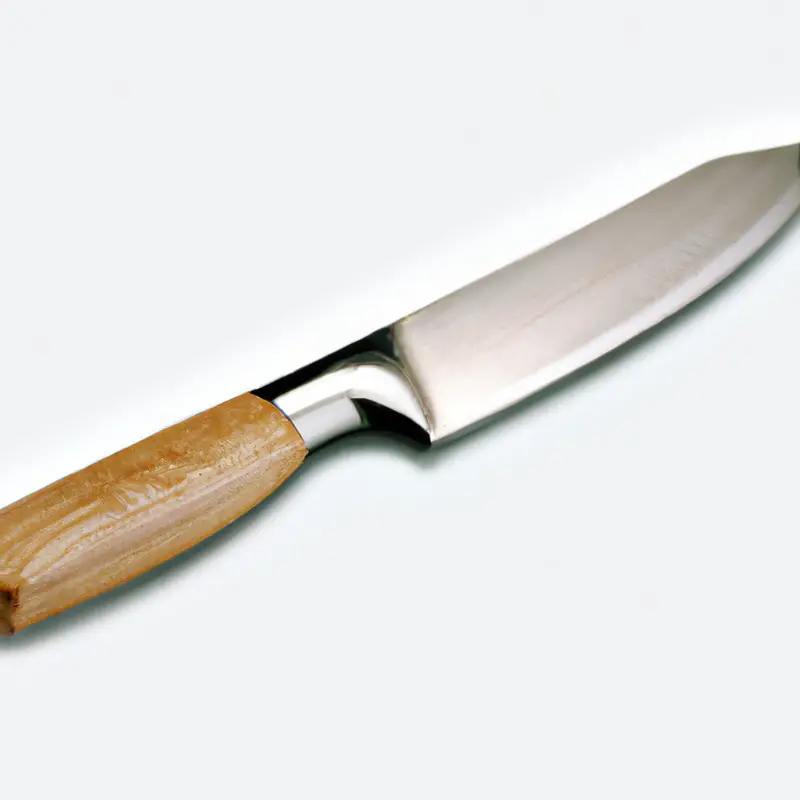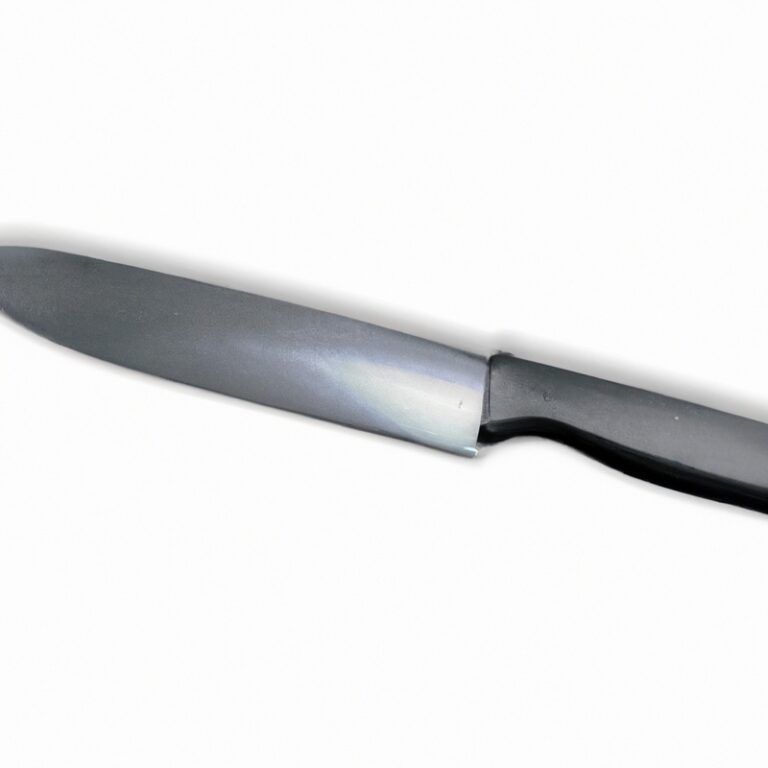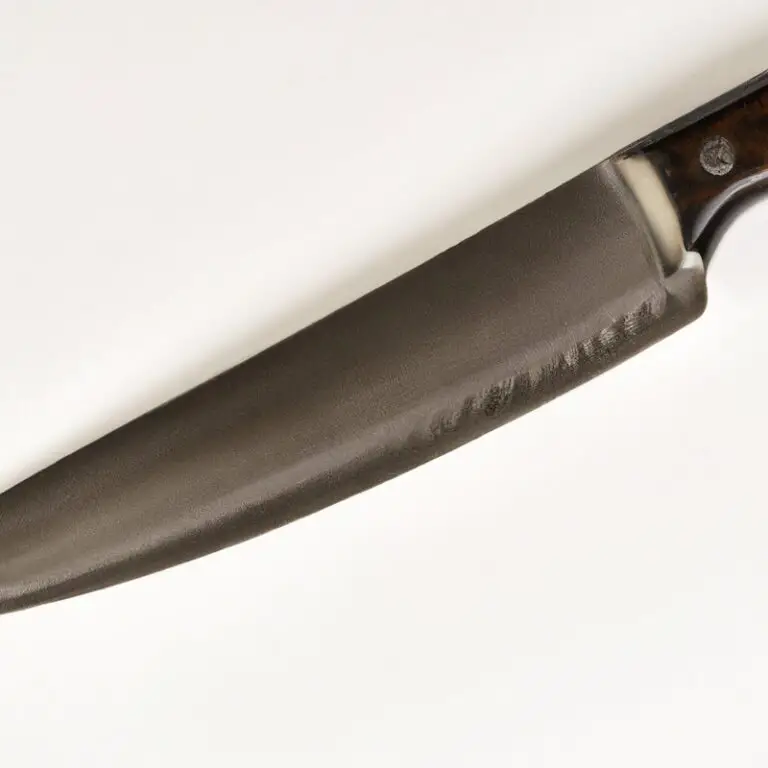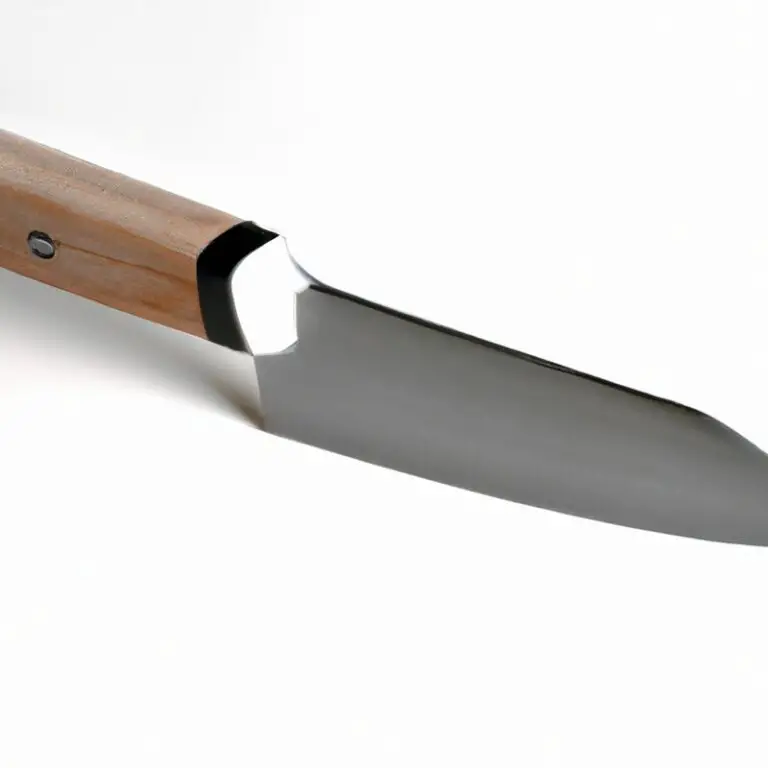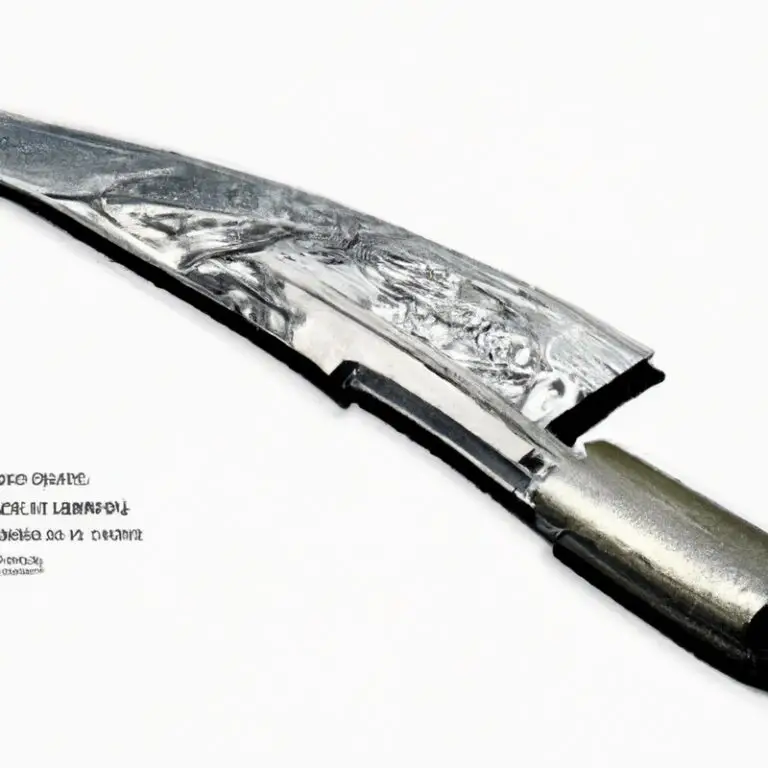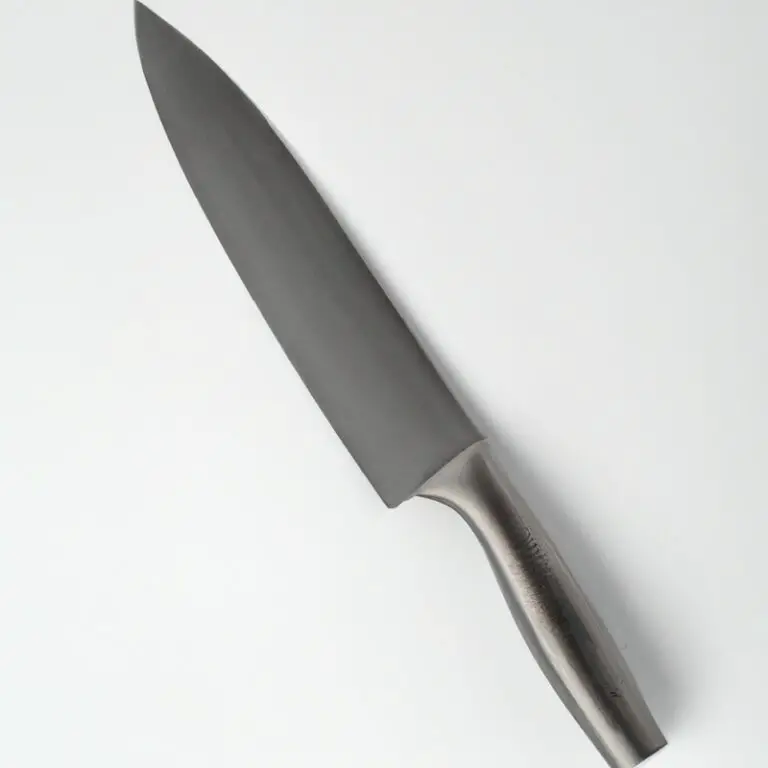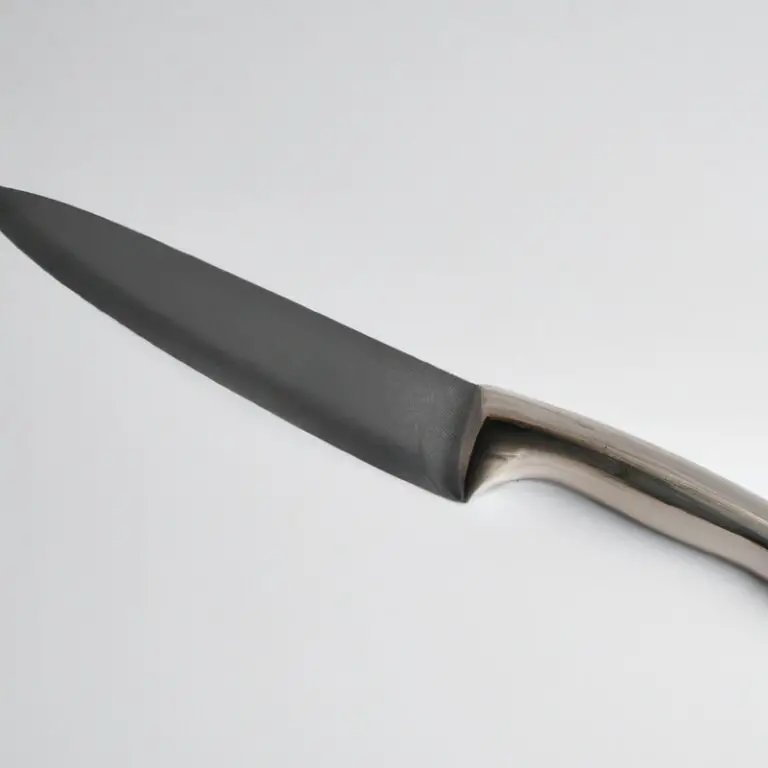What Are The Best Practices For Storing a Fillet Knife? Tips And Tricks!
Key Takeaways:
- The best way to store a fillet knife is to keep it dry and clean to prevent corrosion and maintain sharpness.
- Storing your fillet knife in a sheath or blade guard will protect it from damage and reduce the risk of injury.
- Avoid storing your fillet knife in a drawer with other utensils, as it can scratch the blade or become hidden and cause accidents.
- Regular maintenance, such as sharpening and oiling the blade, should also be part of your fillet knife storage practice to prolong its life and performance.
As someone who loves to fish and cook, I know that a good fillet knife is an essential tool in the kitchen. But just as important as using the knife correctly is keeping it stored safely between uses.
Proper storage not only ensures that the blade stays sharp and ready for action, but it also helps prevent accidents and damage to the knife.
In this article, we’ll explore the best practices for storing a fillet knife, including choosing the right storage option, keeping it clean and dry, avoiding certain storage methods, and more. So let’s dive in and learn how to make sure our fillet knives stay in top shape!
| Best Practices for Storing a Fillet Knife |
|---|
| 1. Clean and dry your knife thoroughly before storing it. |
| 2. Store your knife in a designated knife block or sheath to protect the blade. |
| 3. Avoid storing your knife with other utensils to prevent damage to the blade. |
| 4. Keep your knife in a dry, cool, and well-ventilated area to prevent rust and corrosion. |
| 5. Consider using a rust inhibitor or oil on the blade for extra protection during storage. |
Importance of Proper Fillet Knife Storage
Proper fillet knife storage is crucial for maintaining the performance and longevity of your tool. A dull or damaged blade can impact the quality of your fillets and may pose a safety risk.
Choosing the right storage option for your needs, cleaning and drying your knife, and using a protective cover or sheath are some of the best practices for storing your fillet knife.
Keeping your knife in a cool and dry environment, away from children and pets, and inspecting it before and after storage are also essential steps. Additionally, it’s important to store your fillet knife separately from other kitchen tools and to consider a magnetic knife strip for convenient storage.
Avoid storing your fillet knife in a leather sheath, and discard damaged or worn knives properly.
If you’re traveling with your fillet knife, take extra care and pack it securely. Sharpening your fillet knife before storage is a bonus tip.
By following these best practices for storing your fillet knife, you can ensure optimal performance, longevity, and safety.
Choose the Right Storage Option for Your Needs
When it comes to choosing the right storage option for your fillet knife, it’s important to consider your specific needs and requirements. Some popular options include a protective cover or sheath, a magnetic knife strip, or a knife block.
It’s important to keep your fillet knife in a cool and dry environment, away from other kitchen tools, and out of reach of children and pets.
Avoid storing your fillet knife in a drawer or leather sheath, and be sure to inspect and maintain your knife regularly to ensure it stays in top condition. When traveling with your fillet knife, always pack it securely and follow local laws and regulations.
By choosing the right storage option, you can help prolong the life of your fillet knife and ensure it’s ready to use whenever you need it.
Clean and Dry Your Fillet Knife Before Storage
To ensure your fillet knife stays in the best condition possible, it’s important to clean and dry it thoroughly before storing. This is particularly important if you’ve used the knife to cut raw fish or meat, as any remaining bacteria could cause corrosion or damage to the blade over time.
To clean your fillet knife, use warm soapy water and a soft sponge or cloth.
Avoid using abrasive materials that could scratch or damage the blade. Rinse the knife thoroughly and ensure that all soap residue is removed.
After cleaning, dry your fillet knife completely with a soft cloth.
Make sure to dry all areas of the blade and handle, including any joints or crevices. This helps prevent rust or other damage from forming on the knife.
Once your fillet knife is completely clean and dry, store it in a safe and secure location, such as a knife block or sheath.
By taking these simple steps, you can help your fillet knife last longer and stay in top condition for years to come.
Use a Protective Cover or Sheath
Using a protective cover or sheath is a crucial step in storing a fillet knife. It helps prevent the blade from getting damaged or dull, and also keeps it safe from accidental cuts.
A sheath made from high-quality materials like nylon, plastic, or leather will provide adequate protection and keep the blade in excellent condition.
Make sure the sheath fits the blade snugly and covers it completely to avoid any mishap during storage. Avoid using a leather sheath as it can trap moisture and cause the blade to rust.
Always remember to replace the sheath if it becomes worn or damaged.
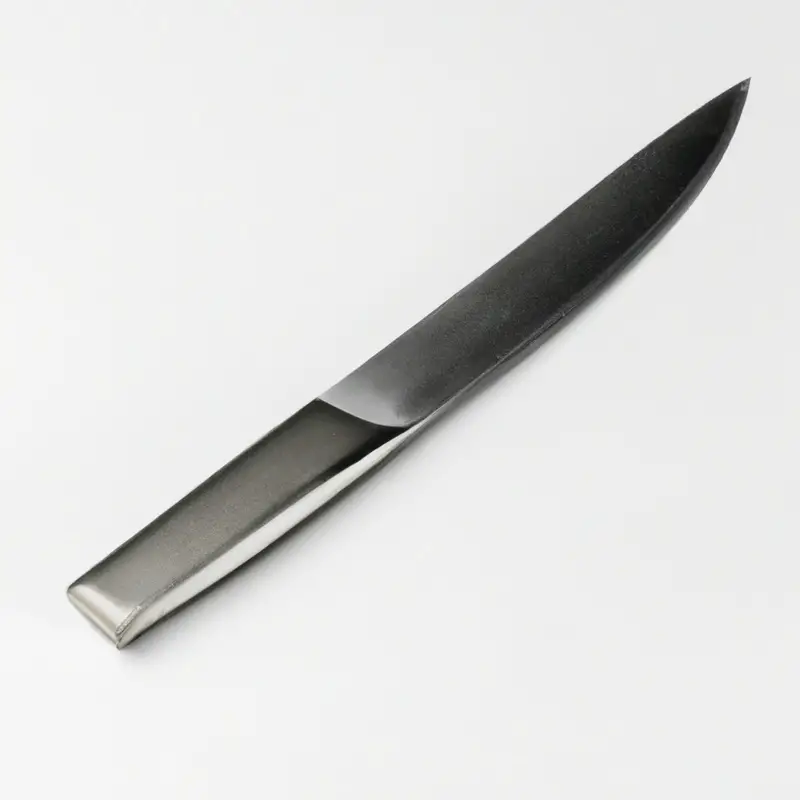
Store Your Fillet Knife in a Cool and Dry Environment
Storing your fillet knife in a cool and dry environment is crucial for maintaining its sharpness and preventing corrosion. Moisture and heat can damage the blade and handle of your knife, leading to rust, mold, and mildew.
To keep your fillet knife in top condition, store it in a dry place with good air circulation and low humidity.
Avoid storing it in the kitchen drawer or near the sink as these areas are prone to moisture buildup. Instead, consider using a knife block, a magnetic strip, or a dedicated knife storage case.
By storing your fillet knife properly, you not only protect its longevity, but also ensure your safety when using it in the future.
Avoid Storing Your Fillet Knife in a Drawer
Storing a fillet knife in a drawer is not recommended due to several reasons. Firstly, placing a sharp knife in a drawer can lead to accidental cuts while reaching for other items.
Secondly, the knife can get dull and damaged due to constant rubbing against other kitchen utensils.
Lastly, the humid environment inside the drawer can cause rusting and corrosion, making the blade less effective and sanitary. Instead, consider using a separate knife block or a magnetic strip to keep your fillet knife in a secure and accessible location.
This will also prevent it from coming into contact with other kitchen tools, reducing the risk of damage and dullness.
Always keep in mind that proper storage of your fillet knife is crucial in ensuring its longevity, effectiveness, and safety.
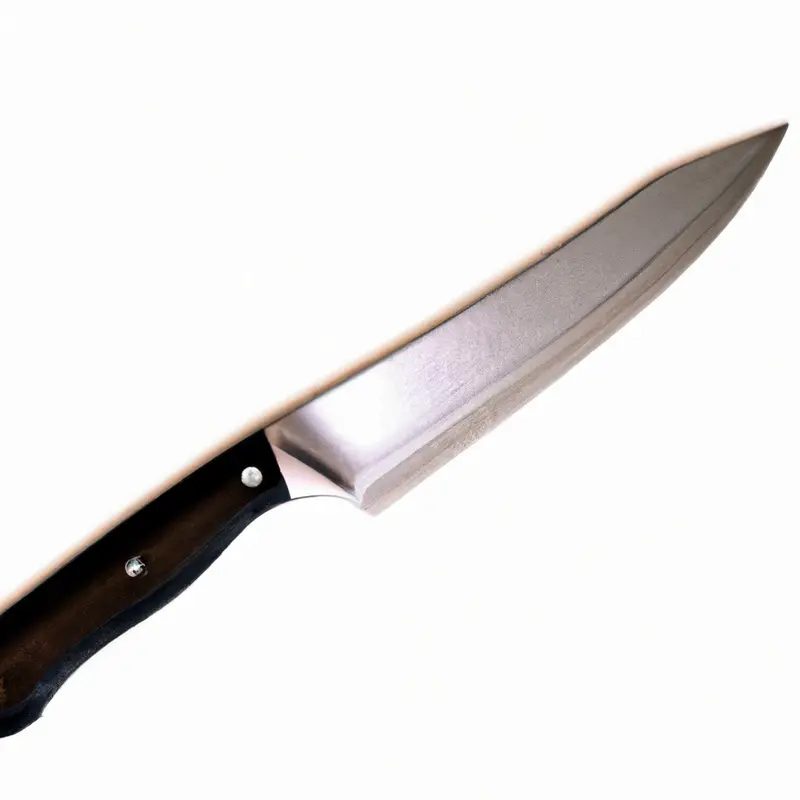
Keep Your Fillet Knife Out of Reach of Children and Pets
It’s crucial to keep your fillet knife out of reach of children and pets to avoid any potential accidents. The sharp blade of the fillet knife can cause serious injury or harm to anyone who mishandles it.
As a responsible knife owner, it’s your duty to store your fillet knife in a safe location inaccessible to children and pets.
Avoid leaving your fillet knife lying around on counters or in drawers where curious hands and paws can easily reach it. Instead, opt for high shelves or cabinets equipped with locks or child safety mechanisms.
Additionally, never leave your fillet knife unattended on a cutting board or table while in use.
By keeping your fillet knife out of reach, you can ensure the safety of those around you while also protecting your investment. Always remember to inspect your knife before and after storage to check for any damages or signs of wear and tear.
With proper storage and maintenance, your fillet knife can serve you for many years while ensuring the safety of your household.
Inspect Your Fillet Knife Before and After Storage
Inspecting your fillet knife before and after storage is crucial in ensuring its longevity and effectiveness. Before storage, you should check for any signs of damage or wear, such as nicks, cracks, or rust, and address them immediately.
This will prevent further damage and ensure that your knife is in top condition for its next use.
Similarly, after storage, you should inspect your fillet knife to ensure that it has not sustained any damage during storage. Check that the blade is still sharp and free of rust or discoloration.
If you notice any issues, it is important to address them before the next use to prevent further damage to the knife or potential food contamination.
Regularly inspecting your fillet knife before and after storage will not only keep your knife in good condition but also improve your overall filleting experience. Avoid putting unnecessary strain on your knife and improve your filleting precision by ensuring that your knife is always in top shape.
Maintain Your Fillet Knife on a Regular Basis
To ensure that your fillet knife stays in top-notch condition, it’s essential to maintain it regularly. This means cleaning and drying it after each use and inspecting it for any damages or wear and tear.
Additionally, it’s crucial to sharpen your knife regularly to ensure maximum efficiency and precision.
Avoid dishwashing your fillet knife, as it may damage the blade. Instead, hand wash and dry it thoroughly before storing it in a cool, dry place.
By maintaining your fillet knife, you’ll not only prolong its lifespan but also ensure optimal performance every time you use it.
Store Your Fillet Knife Separately from Other Kitchen Tools
It is important to store your fillet knife separately from other kitchen tools to maintain its sharpness and prevent damage. When stored together, other tools can bump and scrape against the blade, causing it to dull or nick.
Consider using a knife block or a magnetic knife strip to keep your fillet knife separate and easily accessible.
If using a knife block, make sure the slots are deep enough to prevent the blade from touching other knives. Avoid storing your fillet knife in a drawer with other utensils, which can result in accidental damage and cause the blade to become dull faster.
Instead, opt for a cool and dry environment, like a knife block or magnetic strip, to prevent rust and corrosion.
By storing your fillet knife separately from other kitchen tools, you can extend its lifespan and ensure it remains in top condition for your next fishing trip or seafood feast.
Consider a Magnetic Knife Strip for Convenient Storage
Consider using a magnetic knife strip as a convenient storage option for your fillet knife. These strips can be easily installed on a kitchen wall, providing a secure and accessible place to store your knife.
Magnetic knife strips also allow for your knife to be displayed and easily identified, preventing accidental cuts from searching through a drawer.
However, it’s important to choose a high-quality strip that is strong enough to hold your fillet knife securely. When using a magnetic knife strip, make sure to place it in an area that is not accessible to children or pets.
Do Not Store Your Fillet Knife in a Leather Sheath
Avoid storing your fillet knife in a leather sheath. Leather traps moisture, which can lead to rust and corrosion on the blade.
Additionally, the leather fibers can scratch the surface and dull the blade over time.
Opt for a protective cover or sheath made from materials like plastic, silicone, or nylon instead. This will extend the lifespan of your fillet knife and keep it in top condition for when you need it.
Properly Discard Damaged or Worn Fillet Knives
It’s important to properly discard damaged or worn fillet knives. These knives, when worn out, can harm your hands during use or become ineffective in filleting fish.
You should replace your fillet knife when it is no longer sharp or easily damaged.
When disposing of the old knife, wrap it in newspaper or a durable material and discard it in a separate trash bag. Never try to repair a damaged fillet knife as it is unsafe and can lead to severe injuries during use.
Traveling with Your Fillet Knife: Best Practices
When it comes to traveling with your fillet knife, there are some important tips to keep in mind to ensure its safety and longevity. First, always make sure to pack your fillet knife securely in a protective cover or sheath to prevent any accidental injuries or damage.
Additionally, consider packing your fillet knife in your checked baggage rather than carry-on to comply with TSA regulations.
Once you arrive at your destination, be sure to inspect your fillet knife for any damage that may have occurred during transit. If you notice any issues, take necessary steps to address them before using the knife.
When storing your fillet knife during your trip, avoid leaving it in a hot car or exposing it to extreme temperatures.
Finally, when returning home, give your fillet knife a thorough cleaning and sharpening before storing it in a cool, dry place. Proper care and maintenance during your travels will ensure your fillet knife remains a valuable tool for years to come.
Bonus Tip: Sharpen Your Fillet Knife Before Storage
Before storing your fillet knife, it’s important to sharpen it. This ensures that the blade is in optimal condition for the next use and also helps prevent any damage to the knife during storage.
There are various sharpening tools available in the market such as whetstone, ceramic rod, sharpening steel, and electric knife sharpener that can sharpen your fillet knife effortlessly and quickly.
Take your time while sharpening your knife, and ensure that the blade is completely sharp before storing it. A sharp fillet knife also reduces the risk of injury when it’s time to use it again.
Final Verdict
Proper storage is crucial to maintaining the quality and lifespan of your fillet knife. By choosing the right storage option, cleaning and drying your knife before storage, using a protective cover or sheath, and storing it in a cool and dry environment, you can ensure that your fillet knife remains in excellent condition.
Additionally, regularly inspecting and maintaining your knife will further prolong its life.
Remember to store your fillet knife separately from other tools, keep it away from children and pets, and never store it in a leather sheath. By following these best practices, your fillet knife will be ready to use whenever you need it.
Don’t forget the bonus tip: sharpen your knife before storage for optimal performance.
By implementing these best practices, you can trust that your fillet knife will always be in top-notch condition.

